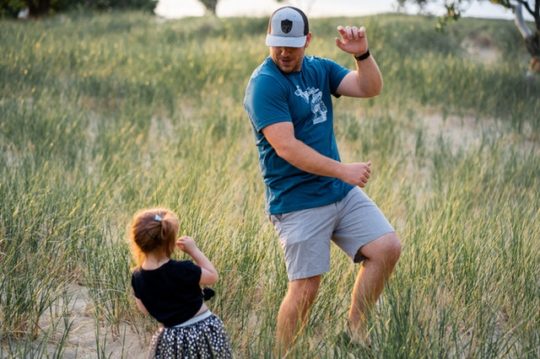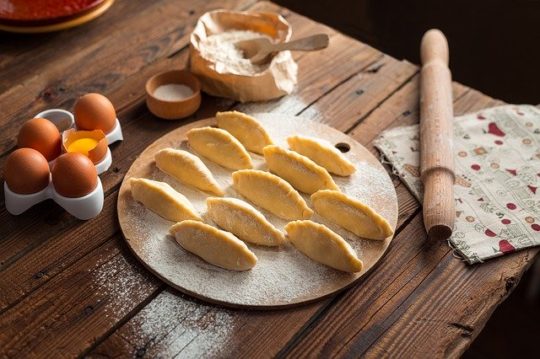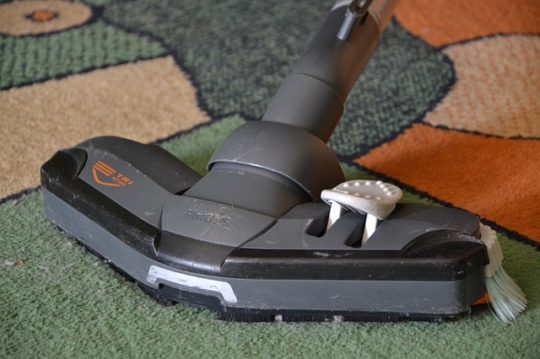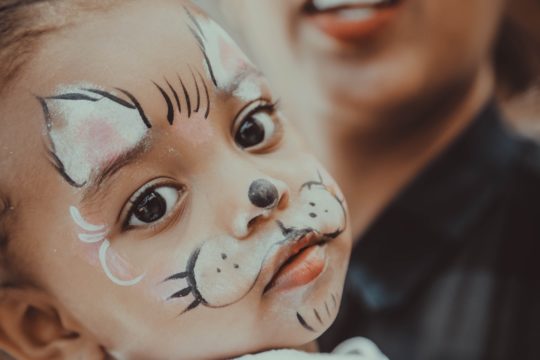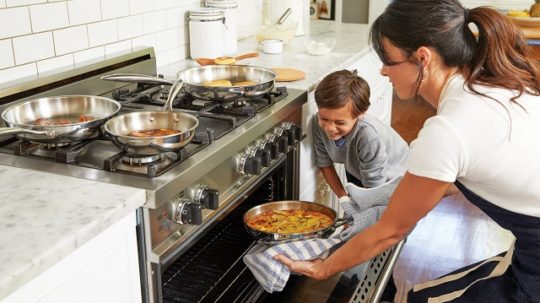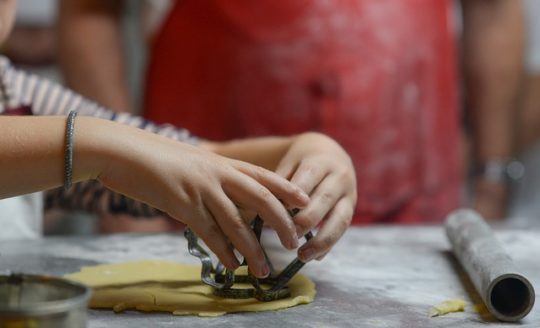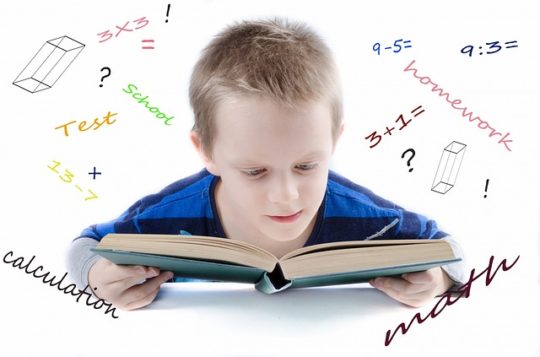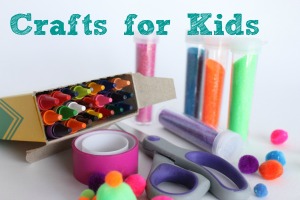Last time I was at a cafe, I came up with this blog about honesty and our relation with it. Months after, again a cafe trip has inspired another article. While sitting there, blowing my cappuccino so that I could drink it, I watched pigeons from the glass window.
A man who was feeding them stumbled and the coins from his pocket rolled out. He caught himself before he fell, dusted off his jacket, must be the shock of it, and then bent down to pick up his coins.

One of the coins rolled toward my window, while his shaky hands were trying to pick the coin up from the edge, the coin kept flipping, and then this thought struck me, about coins having two sides.
There are two very different sides to every coin. There are some who feel things don’t happen for a reason, and some say they do, that the universe is deterministic.
I watched a video once about how bangles are made and the condition of the workers. One of the ladies working in those glass bangle factories told the interviewer that people working in these industries were usually devoid of basic necessities and exploited both mentally and physically.
She herself wanted to learn embroidery and get out of this ugly industry and life. But she had accepted her life as it was, saying, “God probably wanted it to be this way.” She then went on talking about why she believed that everything had a higher purpose to it that humans couldn’t understand.
There was another instance where one of her friends had a terrible breakup. She was heartbroken and kept crying for days. In these tough times, her guy best friend supported her. Eventually, she ended up falling in love with him. Things went so well with them that they even got married.
After the wedding ceremony, her friend came to her and said, “I am so glad my ex went away from my life, I’m glad I found my best friend instead. Everything happens for a reason”
Things that happen have both causes and consequences. But people have always had a different meaning for the statement “everything happens or a reason.” They believe God predetermined everything according to a divine plan like the woman and her friend from the video.
Now let us suppose a situation. Consider a hard-working person, who has just got promoted to a senior position at his job. Later that evening, while driving back home, he accidentally gets hit by a truck, leaving him crippled for the rest of his life.
Now the question is did the person deserve to get promoted? Of course, he did, he worked hard enough. But did he deserve to be hit by the truck? This is when people will be unable to give a clear answer.
There are reasons for things to happen. But sometimes they happen just randomly. ‘Everything happens for a reason’ is a good explanation for happy things. When bad things happen, this statement gives hope for a brighter future. As long as things are working out, what is wrong in believing in this?
Maybe not everything is according to the pattern. Maybe not everything in life is fair. Maybe
sometimes the universe decides to go random. Maybe not everything has a reason. Or maybe everything does happen for a reason. Change is the only constant that we can be certain of.
Either way, life is what you make of it. There are some situations where you have choices and some situations where you have none. Do what you can do the best, and the results will follow. Not always because of the grand scheme of things, but sometimes they just might because of it.



